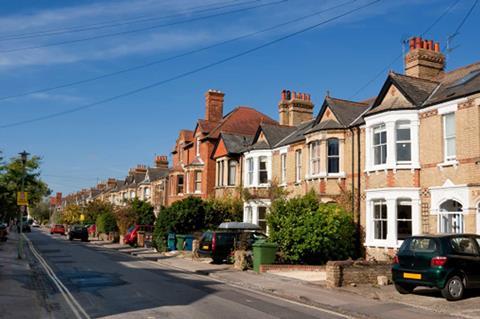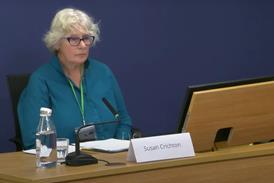The government has unveiled plans to crack down on an abuse of stamp duty rules which has resulted in conveyancers facing ‘unjustified’ negligence claims.
HM Revenue & Customs is consulting on changes to stamp duty relief for mixed property and multiple dwellings. It says the rules for mixed property transactions are being used by some purchasers to unfairly reduce the stamp duty payable. Abusive claims for multiple dwellings relief have increased.
On mixed dwellings, HMRC says it has seen an increase in the number of residential property purchasers being approached by so-called ‘SDLT reclaim agents’ after a property has been bought and stamp duty paid at residential rates. The agents submit questionable claims in return for a significant proportion of any tax refund that is secured.
HMRC says such questionable claims use the slightest suggestion of non-residential use to try and render the whole property liable to the lower non-residential stamp duty rate.
Examples provided in the consultation paper include a purchaser claiming that if they leased their garage, which was part of a semi-detached property in an ordinary residential suburb, to a company for storage, then the house, garden and garage would be a mixed-property purchase and subject to lower stamp duty rates.

‘HMRC is aware that some conveyancers who submitted the original, and correct, SDLT return on behalf of their client have been faced with unjustified negligence claims for failing to advise their client to assess their purchase as mixed-property,’ the consultation paper says.
HMRC proposes introducing a system of apportionment. The residential portion of a mixed property purchase would be taxed as residential property and the remaining would be taxed as non-residential property.
Conveyancers have also faced ‘unjustified’ negligence claims for failing to advise their client on the supposed availability of multiple dwelling relief, despite submitting a correct stamp duty return.
In one example, HMRC says a purchaser bought a typical suburban house and the conveyancer correctly submitted the stamp duty return on the basis that it was a single dwelling. Later, the purchaser claimed that the integral garage which had a toilet and basin was capable of being used as a dwelling and so the purchase qualified for multiple dwelling relief.
HMRC proposes four options, including allowing multiple dwelling relief only where all the dwellings are purchased for a ‘qualified business use’ or allowing multiple dwelling relief only in respect of the dwellings purchased for a ‘qualified business use’.
The consultation, which covers the law in England and Northern Ireland, closes on 22 February.

















![David Lester (senior partner at Blythe Liggins), Darryl Barnes, Jagdeep Sandher (head of dispute resolution at Blythe Liggins)[4]](https://d1d8vslyhr7rdg.cloudfront.net/Pictures/274x183/4/2/8/116428_davidlesterseniorpartneratblytheligginsdarrylbarnesjagdeepsandherheadofdisputeresolutionatblytheliggins4_981603_crop.jpg)






12 Readers' comments